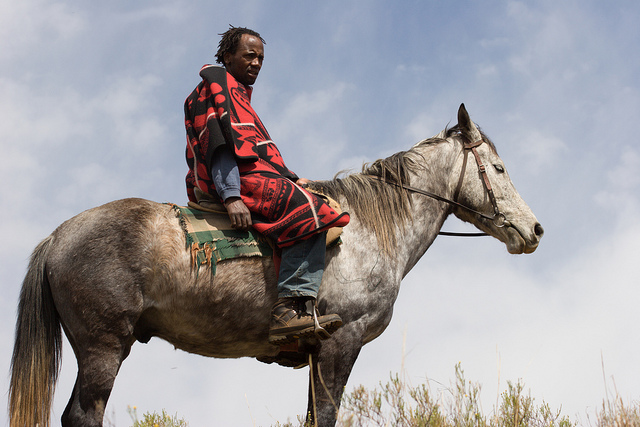Hunger in Lesotho
 Due to its small size and geographical location, the small country of Lesotho is not known by many people. Located in southern Africa, Lesotho faces droughts and limited resources coupled with the HIV/AIDS epidemic. These problems have left people facing tremendous food insecurity, making hunger in Lesotho an issue that must be addressed.
Due to its small size and geographical location, the small country of Lesotho is not known by many people. Located in southern Africa, Lesotho faces droughts and limited resources coupled with the HIV/AIDS epidemic. These problems have left people facing tremendous food insecurity, making hunger in Lesotho an issue that must be addressed.
Lack of Resources
Lesotho’s economy and population rely heavily on agriculture; however, in recent years there has been severe drought. As a result, only about 20 percent of their demand for food has been met causing harsh food shortages across the country.
The World Food Programme (WFP) has been present in Lesotho since 1965, and strives to work with the government and communities to promote resilience and disaster risk reduction. As the country is susceptible to drought, the WFP works to prepare communities for changes in climate by providing food assistance.
The WFP provides two meals per day to 250,000 students in elementary schools across Lesotho. These meals act as a safety net for children who face food insecurity.
HIV/AIDS
While the country has a small population of about two million, it has the third highest rate of HIV/AIDS in the world. Approximately 23 percent of the population (500,000 people) has HIV/AIDS. The prevalence of the disease with no cure substantially exacerbates the issue of hunger.
Since 2006 the United States, through the President’s Emergency Plan for AIDS Relief (PEPFAR) has committed more than $380 million to a bilateral HIV response in Lesotho. In April 2016, Lesotho became the first country in Africa to launch the “Test and Treat” program which ensures that all those who test HIV positive are eligible to begin treatment. This provides a more direct approach to addressing the HIV epidemic.
Solutions
While there is not one right way to address the issue of hunger in Lesotho, efforts including HIV prevention and treatment, coupled with disaster preparedness efforts, can significantly help to reduce food insecurity.
– Sarah Jane Fraser
Photo: Flickr
